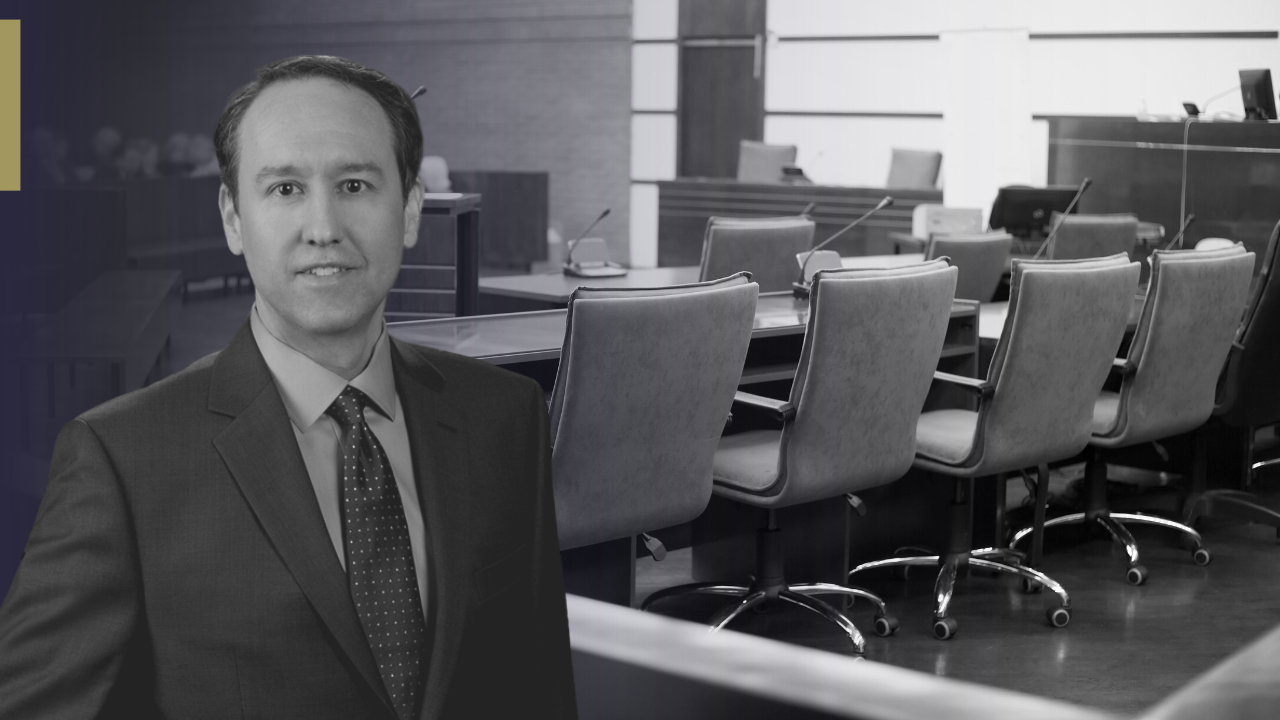 It’s been a bad month for my most recent crop of Supreme Court cases, both in terms of cases where I represent the party and in cases where I am amicus counsel. But I try to learn from them all. And here’s my takeaway from the month. To have and cite a case is not the end of the story, particularly if the precedent was set in the Court of Appeals and hasn’t been heard yet by the Supreme Court. This was the lesson I take away from State v. Thackston. The Supreme Court there overturned a few decade’s worth of precedent to hold that the exclusionary rule does not apply in the probation revocation context. Blue Line Lawyer aptly points out that officers who search in violation of the 4th Amendment can still be held liable in a civil rights action. Then again, we’re in the 11th Circuit. My initial reaction was, “this is terrible.” Then came Black Monday, where two cases of mine (one as amicus counsel and another as party counsel) went south. I’ve now had a few days to reflect. And during that time I was writing a brief in a murder case.
It’s been a bad month for my most recent crop of Supreme Court cases, both in terms of cases where I represent the party and in cases where I am amicus counsel. But I try to learn from them all. And here’s my takeaway from the month. To have and cite a case is not the end of the story, particularly if the precedent was set in the Court of Appeals and hasn’t been heard yet by the Supreme Court. This was the lesson I take away from State v. Thackston. The Supreme Court there overturned a few decade’s worth of precedent to hold that the exclusionary rule does not apply in the probation revocation context. Blue Line Lawyer aptly points out that officers who search in violation of the 4th Amendment can still be held liable in a civil rights action. Then again, we’re in the 11th Circuit. My initial reaction was, “this is terrible.” Then came Black Monday, where two cases of mine (one as amicus counsel and another as party counsel) went south. I’ve now had a few days to reflect. And during that time I was writing a brief in a murder case.
In that murder case,an issue arose where the precedent looked pretty bad on an issue. So, taking some advice from an appellate judge who spoke to my class earlier this year, I dug a little deeper to see what lies behind the holding in the recent cases. I took the Court of Appeals holding that I did not like, and I began tracing the precedent backward, all the way back to when the Supreme Court first commented on it. How old was the case? It involved a search incident to arrest in a buggy (the horse-drawn variety). I learned that the Court of Appeals, in the 1970s and 1980s took the line of cases from the Supreme Court and twice took the precedent way out of context. And the Supreme Court never adopted the new reasoning. If the Supreme Court could reverse decades of precedent from Thackston because it wasn’t their precedent, then surely they wouldn’t appreciate the Court of Appeals taking their case law out of context and expanding it.
But my point is that it is important not to view precedent as the end of the story, particularly if the Supreme Court has never visited it before or if a line of precedent has developed in both courts. It’s important to track the history of the cases with Article I, Section 1, Paragraph 3 in mind (“The decisions of the Court of Appeals insofar as not in conflict with those of the Supreme Court shall bind all courts except the Supreme Court as precedent.”). In the murder case, the Thackston case reminded me that the bad case I found wasn’t necessarily the end of the story. And an issue I might have been tempted to abandon became a significant part of the brief. With a Supreme Court more willing than ever to consider old arguments anew, it is important to look a little deeper even if the first wave of cases on your Lexis or Westlaw search are less than inspiring.


